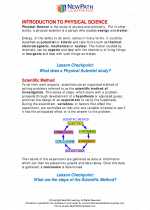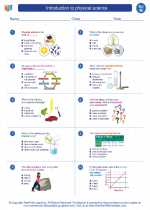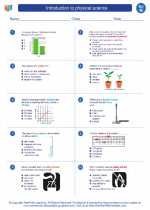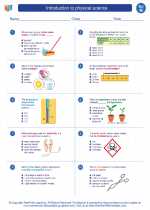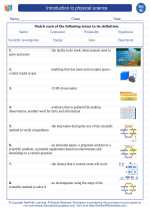Glaciation
What is Glaciation?
Glaciation is the process of the formation, movement, and melting of glaciers. It involves the accumulation of snow, which gradually compacts into ice and forms glaciers. These glaciers can then move under their own weight, flowing downslope and shaping the land through processes such as erosion and deposition.
How do Glaciers Form?
Glaciers form in areas where the accumulation of snow exceeds its melting and sublimation over the course of many years. As the snow accumulates, the weight of the overlying snow compacts the lower layers, turning them into dense glacial ice.
Types of Glaciers
There are two main types of glaciers: alpine glaciers, which form in mountainous areas and flow down valleys, and ice sheets, which are massive expanses of ice that cover entire continents, such as the Antarctic and Greenland ice sheets.
Glacial Erosion
Glaciers can erode the land through processes such as plucking and abrasion. Plucking occurs when the glacier freezes onto rocks and plucks them out as it moves, while abrasion involves the scraping and smoothing of the underlying rock as the glacier flows over it.
Glacial Deposition
When glaciers melt, they deposit the material they have eroded as sediment called moraines. There are different types of moraines, including lateral moraines, medial moraines, and terminal moraines, each formed in specific locations by the glacier's movement and melting.
Glacial Landforms
Glaciation gives rise to various landforms, including U-shaped valleys, cirques, aretes, and horns. These features are characteristic of glaciated landscapes and provide evidence of past glacial activity.
Impact of Glaciation
Glaciation has had a profound impact on the Earth's climate and has influenced the distribution of landforms and ecosystems. It has also played a role in shaping human history, particularly through its influence on sea levels and the availability of freshwater resources.
Study Tips
- Review the processes of glacial erosion and deposition, and understand how they shape the landscape.
- Learn to identify different glacial landforms and understand the geological processes that create them.
- Explore the impact of glaciation on climate, ecosystems, and human societies.
- Practice interpreting and analyzing maps and diagrams of glaciated regions to understand the evidence of past glacial activity.
- Consider the ongoing and future effects of glacial retreat due to climate change and its potential implications for the planet.
